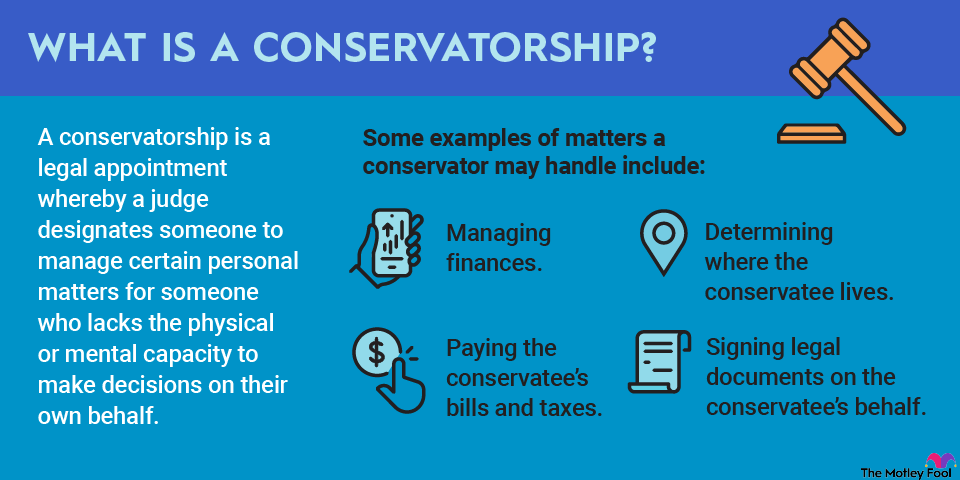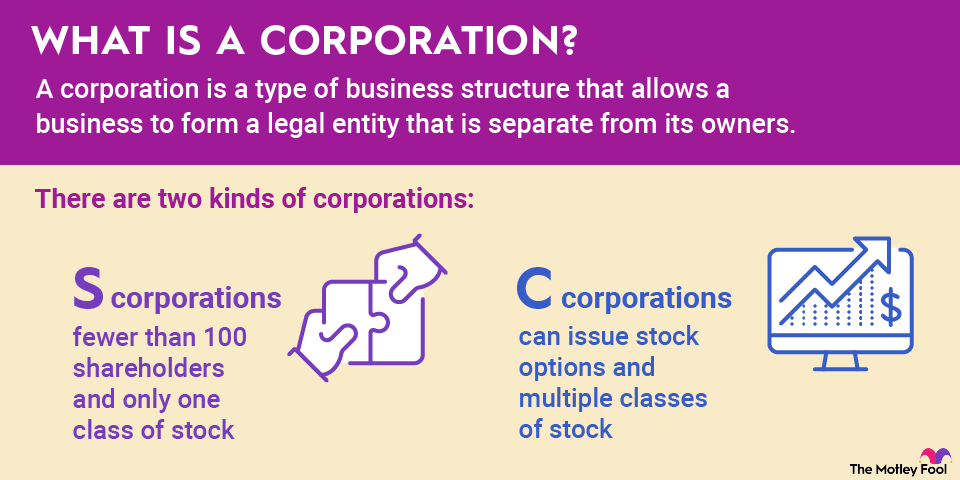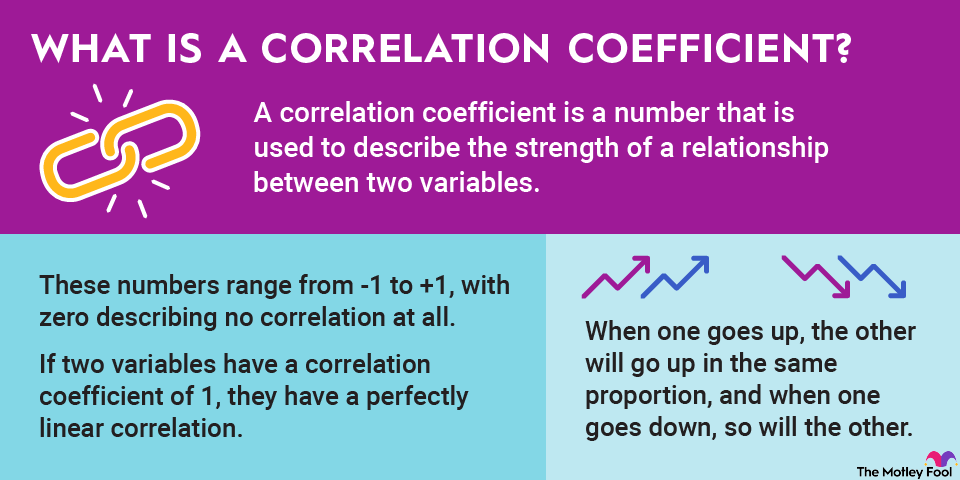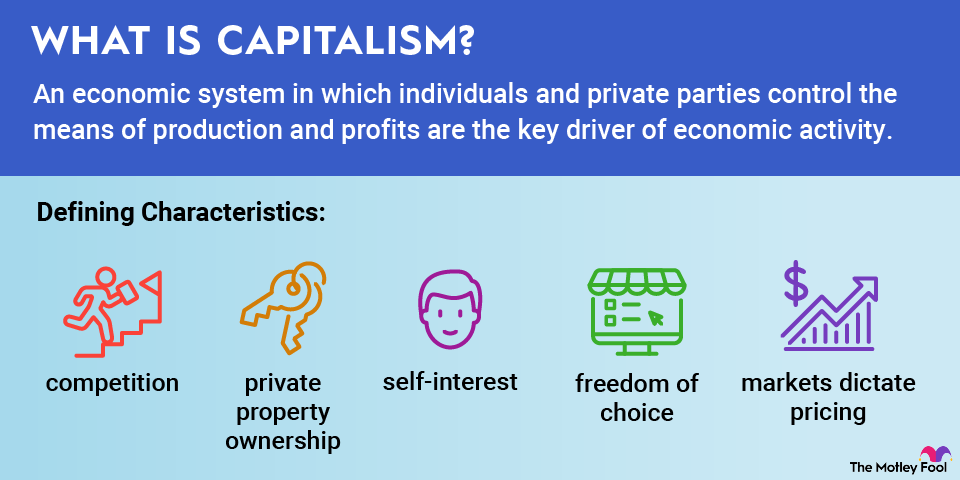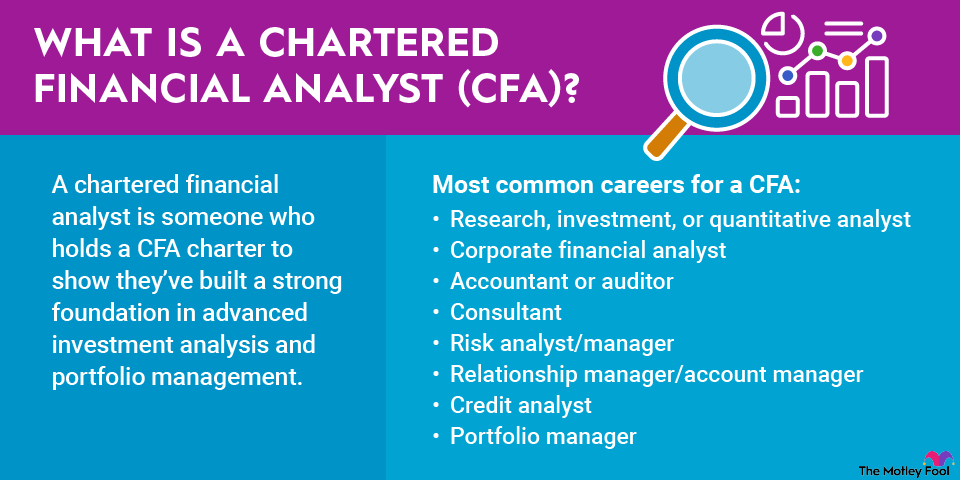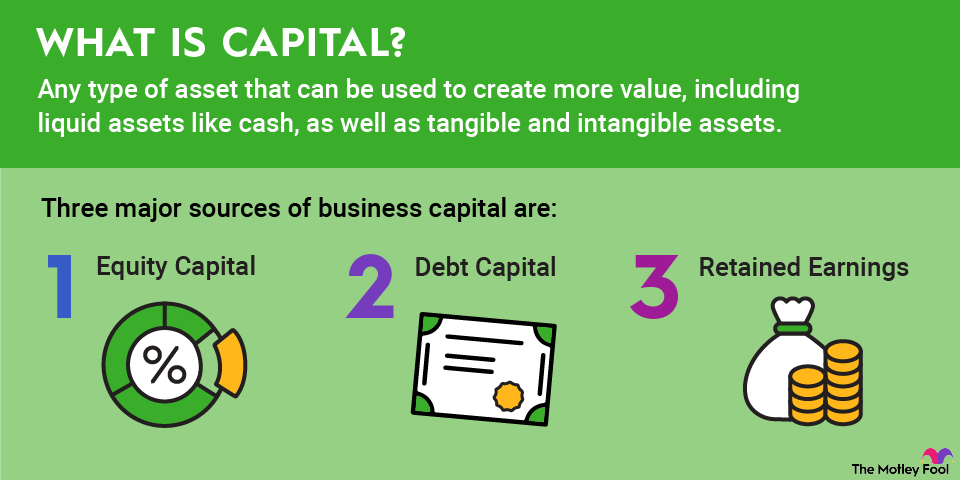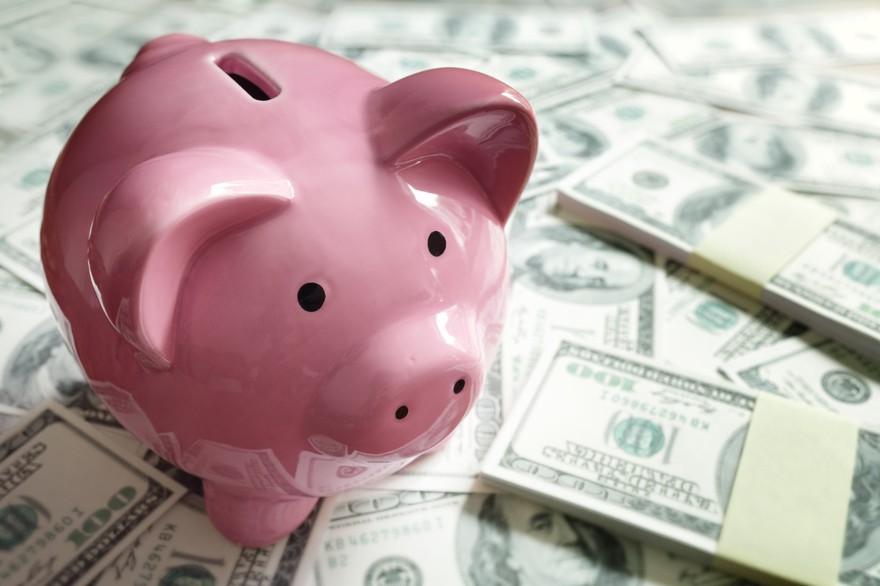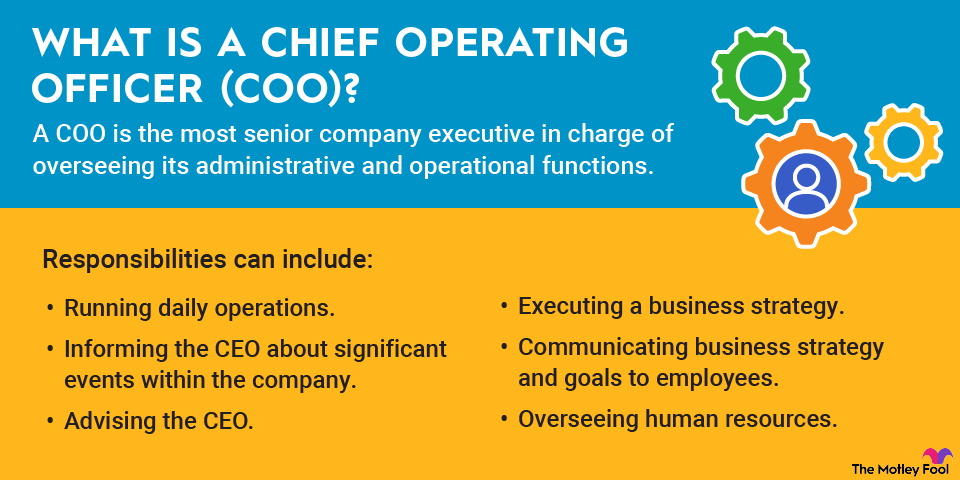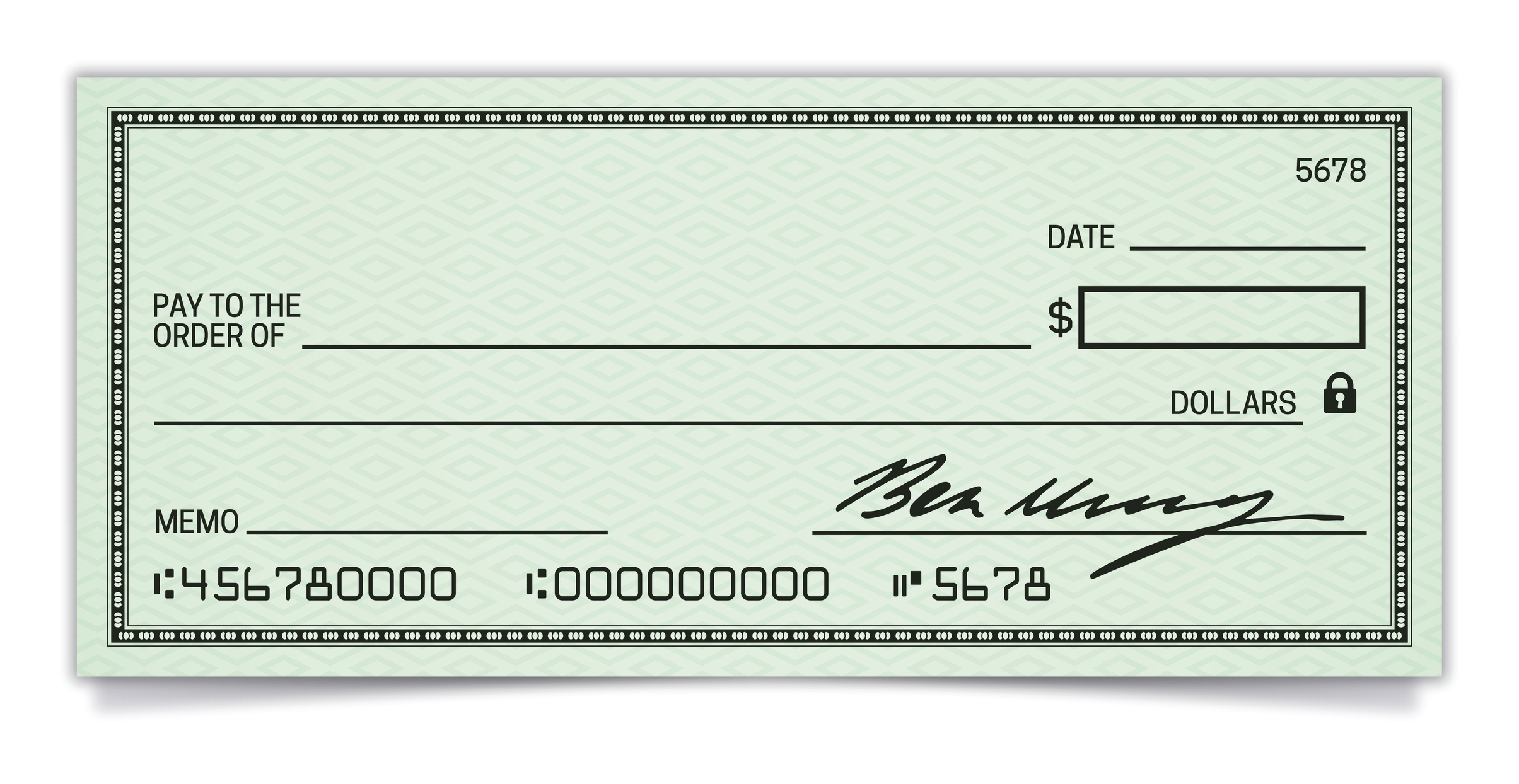Convertible preferred stock is a hybrid investment security. It combines the fixed-income properties of preferred stock with the option to convert the shares into common stock equity. Convertible preferred shares offer investors the potential to earn a higher total return than other fixed-income securities, with less risk than a common stock investment. Learn about convertible preferred stock, how it works, why an investor would choose convertible preferred stock, and an example.
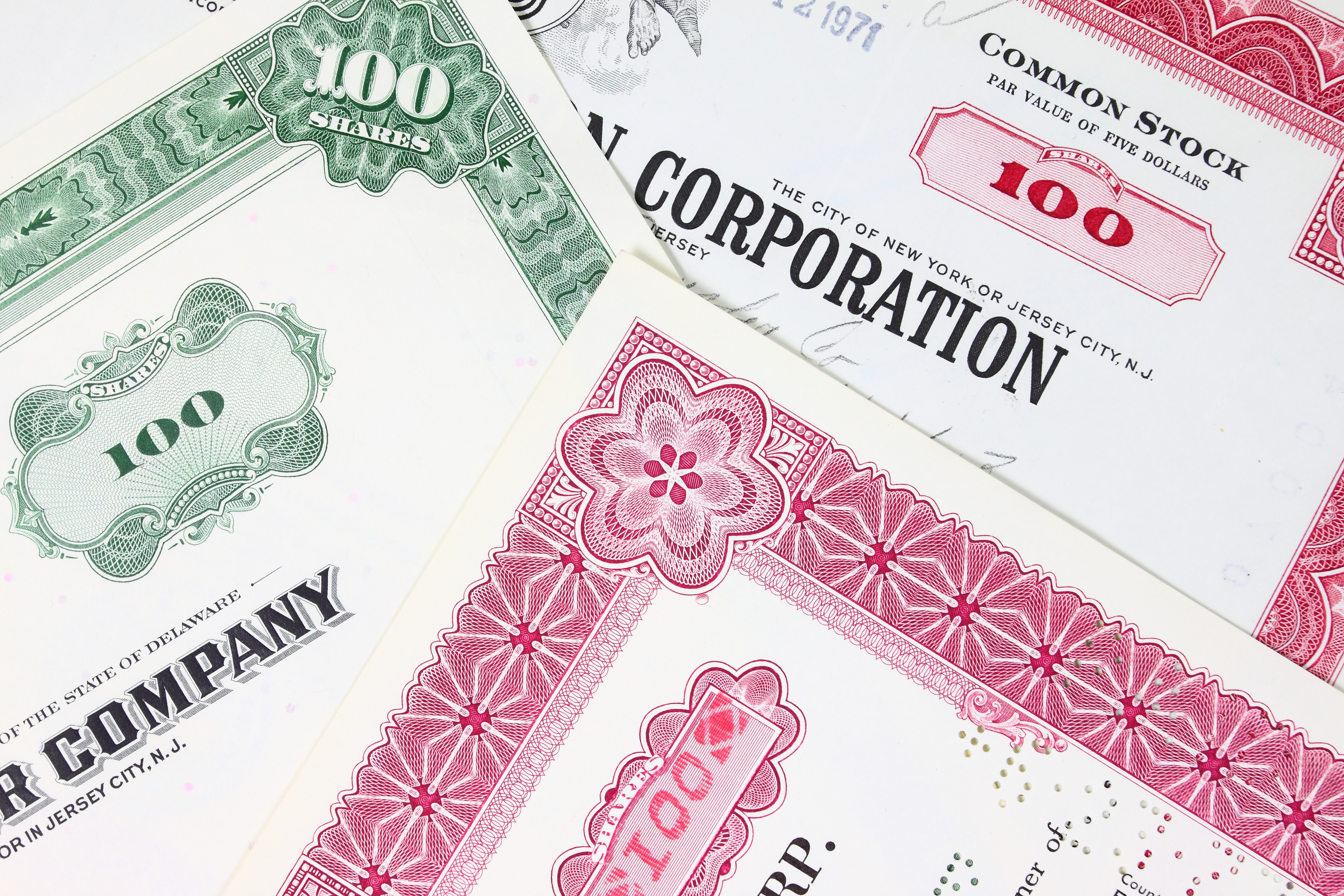
What is convertible preferred stock?
Convertible preferred stock is a type of preferred stock. It has the same two main features as a preferred stock investment:
- Fixed income payment: Preferred shares make regular dividend payments to investors.
- Preferential treatment: They have a higher ranking in the capital structure over common stock. If the issuing company goes bankrupt, the preferred stock has a higher claim on the company's assets than the common stock (though lower than creditors like debt investors).
In addition, convertible preferred stock has an added bonus. The holder has the option to convert their preferred investment into a set number of common shares after a predetermined date. The conversion option lets holders potentially participate in the company's equity upside.
How does convertible preferred stock work?
Issuing convertible preferred stock is one of the many ways companies can raise capital to fund their operations and expansion. Companies will choose to sell convertible preferred stock because it enables them to avoid taking on debt while limiting the potential dilution of selling additional common stock.
- Like regular preferred shares, convertible preferred stock will pay investors a fixed rate of return. They will collect this dividend income as long as they hold the preferred stock (assuming the company has the financial resources to make the payments).
In addition to that fixed return, convertible preferred stock has a conversion option. It enables investors to convert their preferred stock into a set number of common shares (the conversion ratio) at a set price (the conversion price). While the convertible preferred stock investor typically controls the conversion timing, issuing companies sometimes have the option to force the conversion. Investors will often exercise their conversion option when the common stock price exceeds the conversion price. In doing so, they give up their rights as a preferred investor (i.e., they lose the fixed return and preferred claims).
Why invest in convertible preferred stock?
Convertible preferred stock gives investors a lower-risk way to invest in a company. They're initially able to earn a fixed return from the dividend payments. Investors earn this return as long as the company has the financial resources to make the payments. Meanwhile, if the company goes bankrupt, preferred investors have a preferential claim on its assets over common shareholders.
Dividend Payments
In addition, convertible preferred investors can still participate in the company's upside potential through the conversion option. If the common share price rises above the conversion price, the investor can exercise their conversion option and become an investor in its common equity, enabling the investor to participate in its long-term upside. Meanwhile, the investor can continue earning the preferred return if shares never reach the conversion price.
